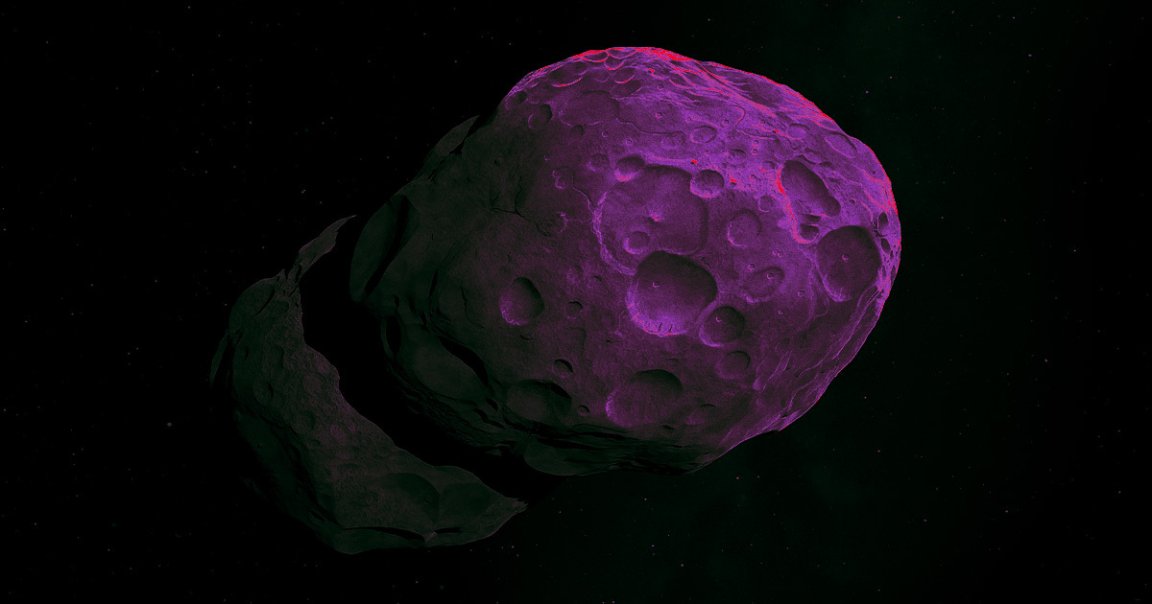
Detection
A new artificial intelligence algorithm has detected, for the first time ever, a killer asteroid slated to fly by Earth — and it won’t be the last.
Known as HelioLinc3D, the algorithm — created specifically for the still-under-construction Vera Rubin Observatory in Northern Chile — has already identified one “potentially hazardous asteroid” or PHA that human eyes had missed, as the New York Times reports.
Dubbed 2022 SF289, the roughly 600-foot-long PHA is going to approach Earth within 140,000 miles, which is about half the distance to the Moon (i.e. a little too close for comfort). This asteroid’s relatively-small stature makes its algorithmic discovery even more unprecedented because (as the report notes) asteroids under 500 feet are both harder to detect and capable of wiping out entire cities or countries if they hit the Earth.
The good news is: This asteroid isn’t likely to hit our planet any time soon. But the AI’s ability to find it — after the humans who run the NASA-funded Asteroid Terrestrial-impact Last Alert System (ATLAS) system missed it — is absolutely a big deal. Especially given that the Rubin Observatory hasn’t even unleashed its full potential yet.
As the Times notes, the observatory’s giant mirror and camera will soon be able to capture images of almost the entire night sky, and it’ll do so every three nights. That’s a massive amount of data to sift through, and without the algorithmic help of programs like HelioLinc3D, it would be, well, impossible for even a massive team of humans to catch everything.
Burden of Proof
Ari Heinze, a University of Washington researcher who was the principal developer of the algorithm, told the Times that the proof of the program’s efficacy is in the pudding.
“By demonstrating the real-world effectiveness of the software that Rubin will use to look for thousands of yet-unknown potentially hazardous asteroids,” Heinze said in a UW statement, “the discovery of 2022 SF289 makes us all safer.”
While conventional telescopes require four images per night to definitively detect asteroids, Rubin and HelioLinc3D only need two, and as the report notes, don’t even need those two taken on consecutive nights.
Given how powerful the observatory-algorithm combo already is without even being finished, it’s no doubt going to be a game-changer. Take it from Queen’s University Belfast astronomer Meg Schwab, a proponent of the tech who didn’t work on it, and who told the Times that the algorithm is not only going to find asteroids but “all moving objects” that fly through our night sky.
“It’s going to rewrite the solar system,” Schwab declared — and given this bold first example, she’s probably not being hyperbolic.
More on asteroids: A Majority of Americans Don’t Care About Mars, Want NASA to Defend Against Killer Asteroids